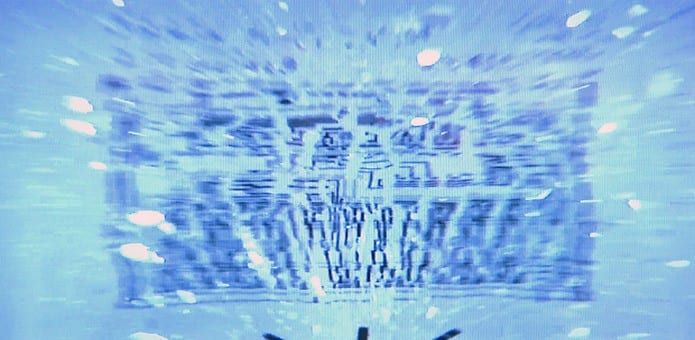This new computer chip can self destruct in seconds displayed at DARPA technology forum
According to researchers, a new computer chip made of tempered glass when remotely triggered could self destruct itself in seconds and keep the sensitive data secure.
The new method utilizes silicon computer wafers attached to a piece of tempered glass, which when heated in one spot shatters into small pieces.
Gregory Whiting, a materials scientist and manager of the Novel Electronics Group that produced the chip at PARC, a California-based company, said that the heat can be turned on via a remote, which could imaginably be triggered by anything from Wi-Fi to a radio frequency signal in the future.
Whiting said that the new technology could enable easy recycling of electronics, or assist in making sure that the stolen electronics data remains safe.
According to reports from ‘Live Science’, in order to make self-destructing electronics, the researchers decided to use tempered glass, an extra strength material also known as safety glass.
The glass is usually tempered by cooling the edges. The exterior of the glass contracts, putting the exterior into compression while the interior that is warm maintains extraordinary tensile stress.
Though the glass is stronger than normal, “if you break a piece of safety glass, it kind of explodes, shatters explosively into little pieces,” Whiting said.
The heat-tempering process only works with pieces of glass that are at least 0.03 inches thick, as glass is a poor temperature conductor. Also, it requires thinner materials to produce tiny particles.
To temper the glass, the team used a different method, called ion exchange. The researchers began with a thin piece of glass that was rich in atoms of sodium, or sodium ions, with one electron stripped off.
The glass was then put into a hot bath of potassium nitrate. Potassium ions then try to exchange places with the sodium ions. However, this produces enormous tension in the glass, as the heftier potassium ions must squeeze into place within the silicon matrix, Whiting said.
The new method provides the option to either attaching silicon wafers directly to the glass, or fabricating the two together.
The team to induce chip suicide triggers the chip with a tiny heating element, which causes a thermal shock that creates a fracture that spreads throughout the glass.
Whiting said that anything from Wi-Fi to radio waves could send the kill signal to the chip.

